

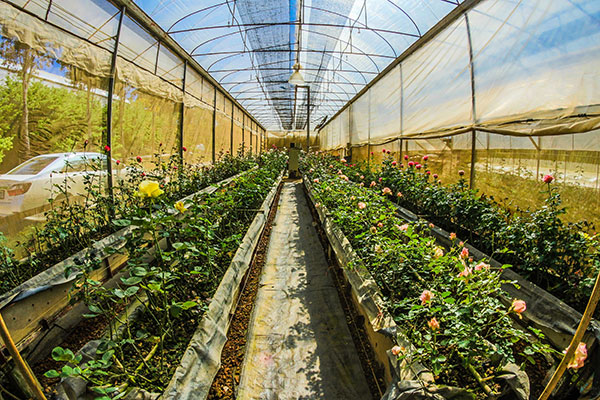
Greenhouse farming is a type of agriculture in which crops are grown in a controlled environment. This environment is typically created by enclosing the crops in a greenhouse, which can be made of glass, plastic, or other materials. Greenhouses can be used to grow crops in a variety of climates, including those that are too hot, too cold, or too dry for traditional agriculture.
Greenhouse farming can contribute to sustainable land management (SLM) in a number of ways:
Reduced water use: Greenhouses can help to conserve water by recycling water and using drip irrigation. This can help to reduce the strain on water resources.
Reduced pesticide use: The enclosed environment of a greenhouse can help to protect crops from pests and diseases, which can reduce the need for pesticides. This can help to protect the environment and human health.
Increased production: Greenhouses can be used to extend the growing season and grow crops that would not otherwise be possible in a particular climate. This can help to increase food production and security.
Creation of jobs: Greenhouse farming can create jobs in the agricultural sector. The construction, operation, and maintenance of greenhouses require skilled labor.
Improved air quality: Greenhouses can help to improve air quality by absorbing pollutants from the air. The plants in greenhouses release oxygen into the air, which can help to improve air quality.
Here are some of the advantages of greenhouse farming:
Controlled environment: The environment inside a greenhouse can be controlled, which allows farmers to create ideal conditions for plant growth. This can lead to higher yields and better quality produce.
Extended growing season: Greenhouses can be used to extend the growing season, which allows farmers to grow crops that would not otherwise be possible in their climate.
Protection from pests and diseases: The enclosed environment of a greenhouse can help to protect crops from pests and diseases. This can reduce the need for pesticides and herbicides, which can be harmful to the environment.
Water conservation: Greenhouses can help to conserve water by recycling water and using drip irrigation.
Energy efficiency: Greenhouses can be designed to be energy efficient, which can help to reduce operating costs.
Here are some of the disadvantages of greenhouse farming:
High initial investment: Greenhouses can be expensive to build and maintain.
Skill requirement: Greenhouse farming requires specialized skills and knowledge.
Diseases and pests: Greenhouses can still be susceptible to pests and diseases, especially if they are not properly managed.
Pollination: Some crops, such as tomatoes, require pollination by insects. This can be a challenge in greenhouses, as insects may not be able to enter the controlled environment.
Here are the different types of greenhouse farming:
Veneer greenhouse: This type of greenhouse is made of a single layer of glass or plastic. It is the most common type of greenhouse and is relatively inexpensive to build. However, it is not very energy efficient and can be susceptible to leaks.
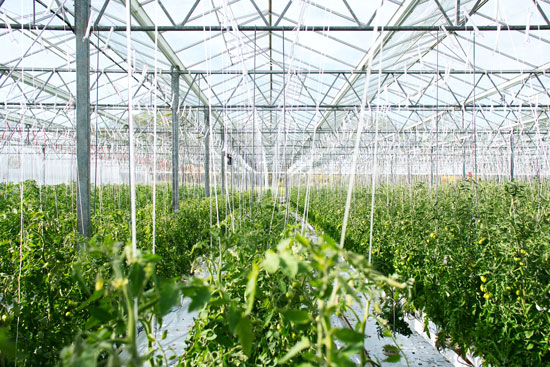
Gable-roof greenhouse: This type of greenhouse has a sloping roof that helps to shed rainwater and snow. It is more energy efficient than a veneer greenhouse and can be made from a variety of materials, including glass, plastic, and polycarbonate.
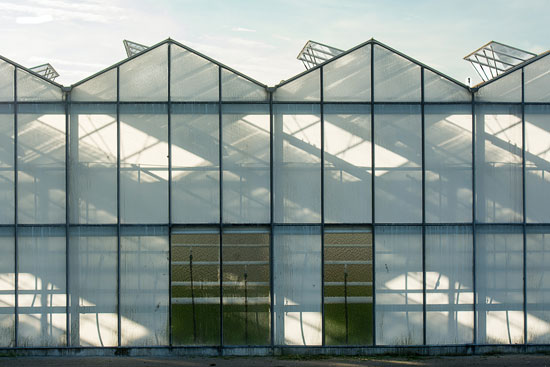
Quonset greenhouse: This type of greenhouse is made from a curved metal frame and a corrugated plastic roof. It is very strong and durable, but it can be more expensive to build than other types of greenhouses.
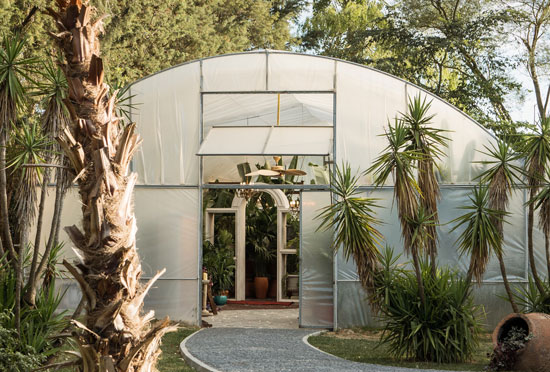
Tunnel greenhouse: This type of greenhouse is made from a long, low-profile structure with a curved roof. It is relatively inexpensive to build and can be used to grow crops in a variety of climates.
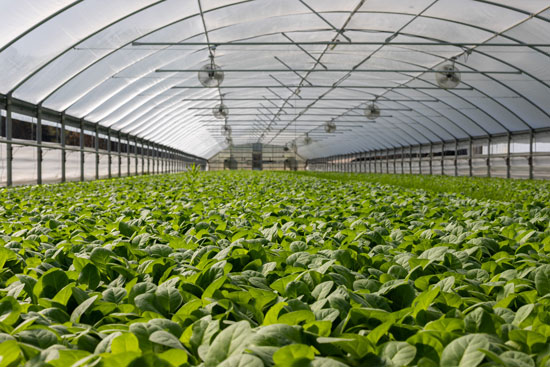
High-tech greenhouse: This type of greenhouse is equipped with the latest technology, such as climate control systems, automated irrigation systems, and sensors. It is the most expensive type of greenhouse, but it can be very productive and efficient.
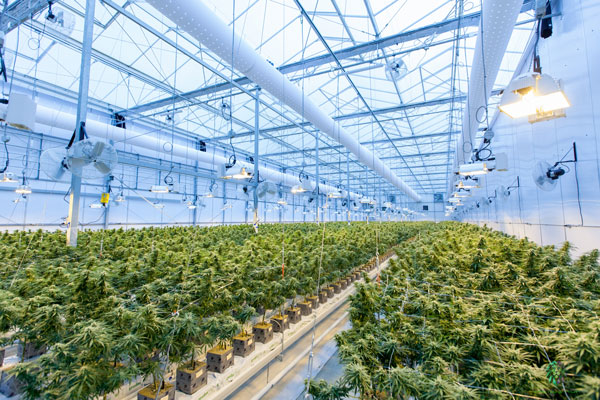
The materials used to build a greenhouse depend on the type of greenhouse, the climate, and the budget. The most common materials used for greenhouses are glass, plastic, and polycarbonate.
Glass: Glass is the most traditional material used for greenhouses. It is transparent and allows in a lot of light, which is essential for plant growth. However, glass is also the most expensive material and can be difficult to maintain.
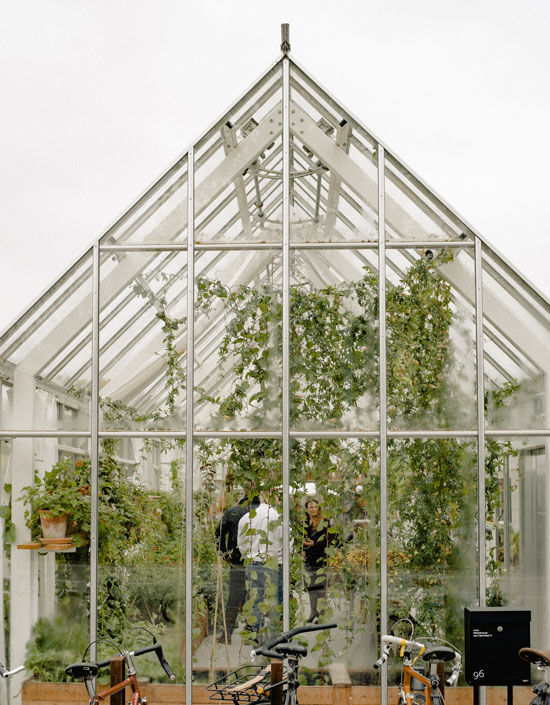
Plastic: Plastic is a less expensive alternative to glass. It is also more durable and easier to maintain. However, plastic is not as transparent as glass, which can reduce plant growth.
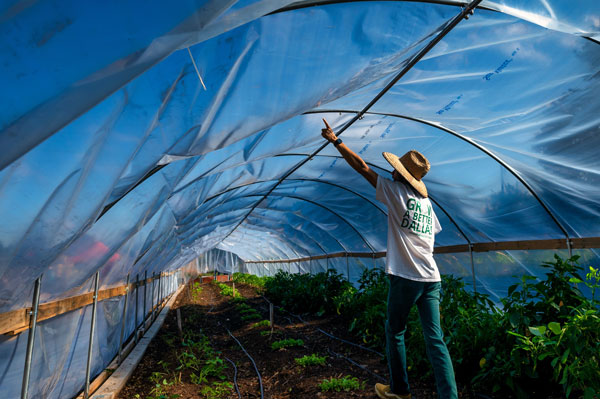
Polycarbonate: Polycarbonate is a type of plastic that is stronger and more durable than other types of plastic. It is also more transparent than glass, which makes it a good choice for greenhouses. However, polycarbonate is more expensive than other types of plastic.
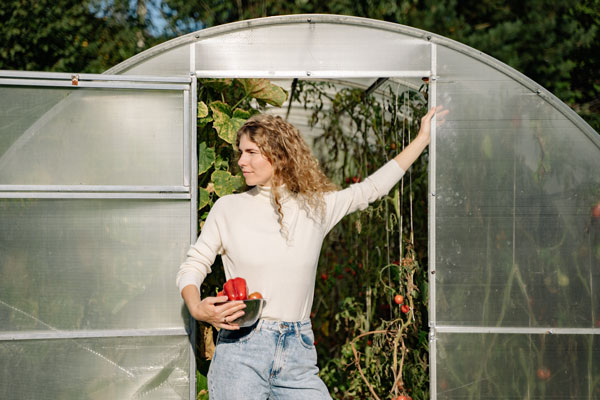
The choice of materials for a greenhouse depends on the specific needs of the farmer or grower.
Here are some additional factors to consider when choosing a greenhouse:
The climate: The type of greenhouse and the materials used will depend on the climate in which it will be located. For example, a greenhouse in a cold climate will need to be more insulated than a greenhouse in a warm climate.
The crops being grown: The type of crops being grown will also affect the type of greenhouse and the materials used. For example, a greenhouse for growing tomatoes will need to have different features than a greenhouse for growing orchids.
The budget: The budget will also be a factor in the choice of materials and the type of greenhouse.
The cost-effectiveness of greenhouse farming depends on a number of factors, including the type of crops being grown, the size of the greenhouse, and the cost of energy and labor. In general, greenhouse farming can be a cost-effective way to grow crops, but it is important to do your research to make sure that it is the right option for you.
Netherlands: The Netherlands is a world leader in greenhouse farming. The country has a long history of greenhouse farming, and it is a major exporter of greenhouse-grown produce.
Spain: Spain is another major producer of greenhouse-grown produce. The country has a warm climate that is ideal for greenhouse farming, and it has a large domestic market for greenhouse-grown produce.
Japan: Japan is a densely populated country with limited land resources. Greenhouse farming is a way to grow crops in a small space, and it is well-suited to the Japanese context.
United States: The United States is a major producer of greenhouse-grown produce. The country has a diverse climate that allows for greenhouse farming in many regions.
China: China is a rapidly growing market for greenhouse-grown produce. The country has a large population and a growing middle class that is demanding more fresh produce.
Israel: Israel is a country with a hot and dry climate. Greenhouse farming is a way to grow crops in a controlled environment, and it is well-suited to the Israeli climate.
Belgium: Belgium is a small country with a temperate climate. Greenhouse farming is a way to grow crops year-round, and it is well-suited to the Belgian climate.
Italy: Italy is a country with a Mediterranean climate. Greenhouse farming is a way to grow crops in a protected environment, and it is well-suited to the Italian climate.
Germany: Germany is a country with a temperate climate. Greenhouse farming is a way to grow crops year-round, and it is well-suited to the German climate.
These are just a few of the countries where greenhouse farming is popular. Greenhouse farming is becoming increasingly popular in many countries around the world, as it is a way to grow crops in a sustainable and efficient way.
Greenhouse farming can be a sustainable way to grow crops. It can help to conserve water, reduce pesticide use, increase food production, and create jobs. It can also produce crops in the off season for the crop, ensuring round-the-year availabilty, and fetching higher prices for the farmer.
Disinfecting a grow room / greenhouse or a lab is crucial to maintaining a clean and safe environment for plant growth or scientific research. The most effective method for disinfection depends on the specific needs and requirements of your facility, as well as the types of organisms you need to control. Here are some general guidelines and methods to consider:
Cleanliness and Maintenance:
Regular cleaning and maintenance are essential to prevent the buildup of contaminants. Remove dead plant material, soil, and any debris that can harbor pests or pathogens.
Personal Hygiene and Sanitation:
Implement strict personal hygiene practices for anyone entering the grow room or lab, including the use of clean clothing, shoe covers, and hand sanitizers.
Isolation and Quarantine:
Isolate new plants or materials in a separate area for observation and potential treatment before introducing them to the main growing area.
Disinfectants:
Use appropriate disinfectants for the surfaces and equipment in your facility. Common disinfectants include bleach, hydrogen peroxide, alcohol, and commercial disinfectant products. Follow the manufacturer's instructions for proper dilution and application.
Ultraviolet (UV) Sterilization:
UV-C light can be used to disinfect air and surfaces by killing or deactivating microorganisms. UV-C sterilization systems can be installed in grow rooms or labs to continuously disinfect the environment.
Ozone Generators:
Ozone can effectively kill bacteria, viruses, and fungi. Ozone generators can be used to disinfect the air and surfaces. However, ozone should be used with caution and in unoccupied areas due to its potential health risks.
Fumigation:
Fumigation with gases such as sulfur dioxide or formaldehyde can be effective for disinfection, but it should be done with care and only when the facility is unoccupied, as these gases can be harmful to humans.
Steam or Heat Treatment:
Heat treatment, such as steam or hot water, can be used to disinfect soil, equipment, and containers. This method can be particularly useful for eliminating soil-borne pathogens.
Biological Controls:
Consider the use of beneficial microorganisms (biocontrols) that can outcompete or inhibit the growth of harmful pathogens or pests.
Integrated Pest Management (IPM):
Implement an IPM program that combines various strategies, including biological controls, cultural practices, and chemical treatments, to prevent and manage pests and diseases.
Regular Monitoring:
Continuously monitor the environment for signs of pests or diseases. Early detection and intervention can prevent outbreaks.
Training and Education:
Ensure that staff members are well-trained in sanitation and hygiene practices to prevent the introduction and spread of contaminants.
The choice of method or combination of methods depends on your specific needs and the nature of the pathogens or pests you are dealing with. Consult with experts in horticulture, agriculture, or laboratory management for guidance tailored to your situation. Additionally, be sure to comply with any relevant regulations and safety protocols when using disinfection methods in a lab or controlled environment.
